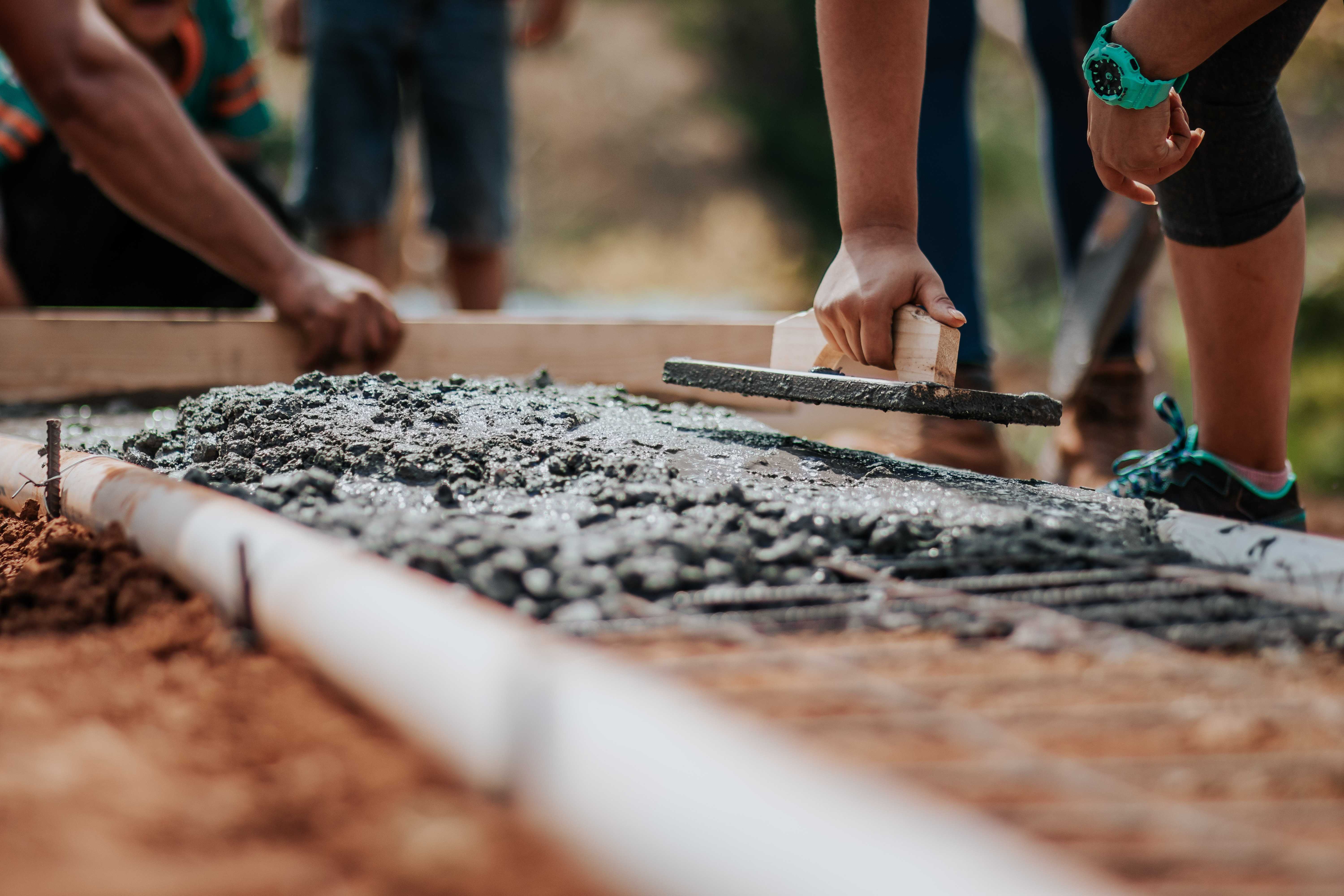
Basement Waterproofing Services
Nexus Commercial Services provides expert basement waterproofing services to Melbourne homes.
Key Problem: Cracks in the Building Foundation
Water infiltration in the foundation can progress through several stages. Initially, dampness or discoloration may be observed at cracks and weak points. As the foundation absorbs more water, mold, a white powdery substance, and peeling paint may appear. Further water infiltration can result in visible water inside the basement and eventually lead to more serious structural issues such as bowing walls, deterioration of mortar, and undermining of the foundation.
Step 1: The formation of hairline cracks results in water entering the basement
The foundation of a building can develop cracks and weak points over time due to freeze and thaw cycles, which can lead to the failure of the original waterproof coating. This allows water to enter the cracks and weak points, potentially leading to water in the basement. The area where the wall, footing, and floor of the foundation meet is the weakest point, and water is likely to enter via this seam.
The expansion and contraction of concrete walls and floors, as well as the settling of the foundation due to the weight of the building, causes hairline cracks to form and leads to water entering into the basement.
Step 2: Backfill around the foundation reduces effectiveness to draw water away from foundation, resulting in entering of water via these weak points
Over time, the backfill around the foundation becomes compacted and hard, preventing surface water from reaching the drainage pipes. In addition, these drainage pipes may be clogged with mud and roots, and thereby reduce their effectiveness to drain water away from the building foundation. Through these weak points, water may find its way into the basement.
When the ground is not permeable to water, the water may instead make its way to the surface of the basement foundation wall.
Step 3: Water reaches a saturation point, and floods the area under the foundation
When the ground water at the bottom of the foundation becomes saturated, it may rise and flood the area under the foundation. Water can then enter the basement through the point where the wall and floor meet and any other cracks or weak points that may be present.
Step 4: Water pressure enters the basement through cracks, weak points, and seams
When surface water and rising ground water are unable to drain properly due to clogged or failing pipes, the water builds up and creates pressure. This pressure can then cause the water to enter the basement through cracks, weak points, and the seam between the walls and floor.
Our Services: Basement Waterproofing
INTERIOR BASEMENT WATERPROOFING
Basement waterproofing is performed on the inside of the basement. This involves opening the concrete floor next to the outside walls, and installing the drainage tile surrounded by gravel. The drainage tile is then connected to a sump pump, which will then remove the water from the area.
EXTERIOR BASEMENT WATERPROOFING
Exterior basement waterproofing involves digging out the soil along the walls down to the footer level, and then replacing the tiles, sealing the outside walls, covering the area with gravel, and then covering the area with soil.
Ask about our qualifications to see how we can give you the best Basement Waterproofing Services in Melbourne.
Frequently Asked Questions
Enquiries Form
Submit your enquiry below and we will reach out to you directly.